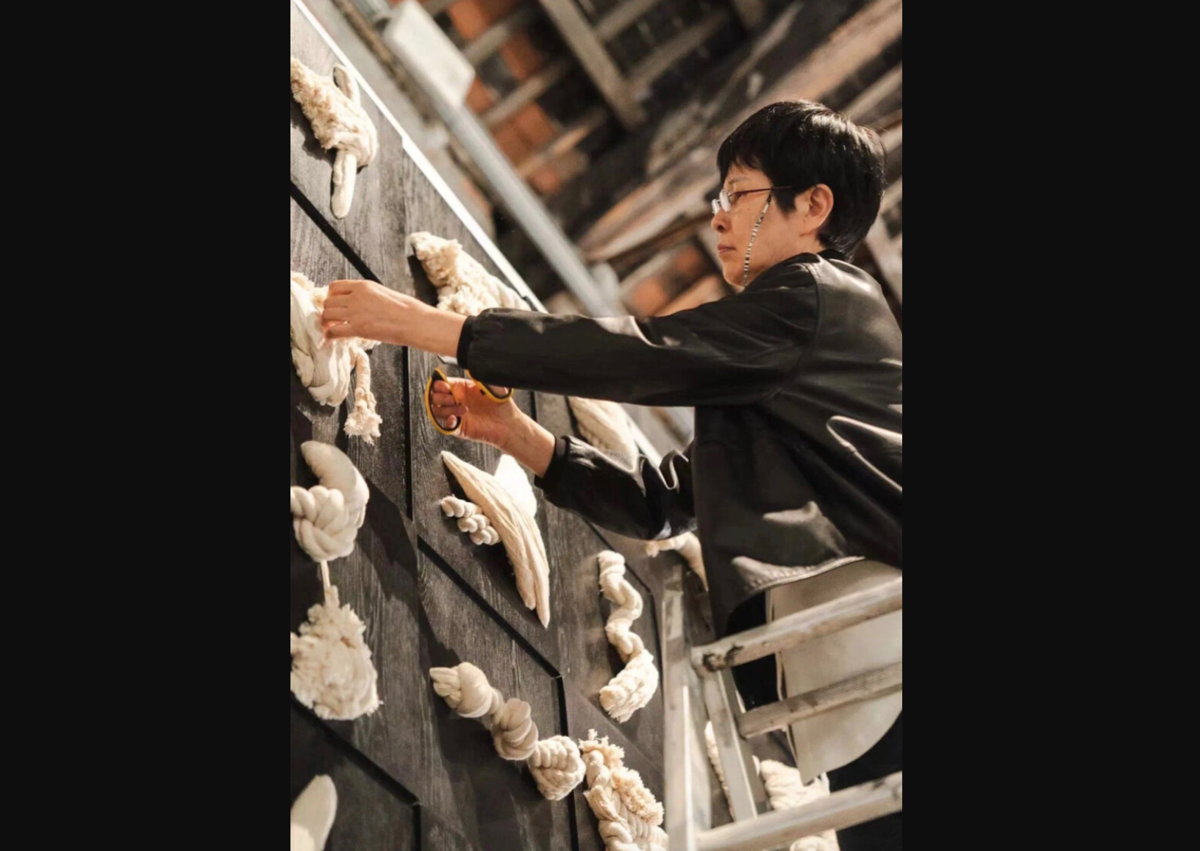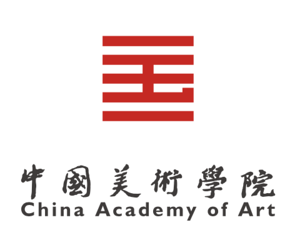April 20–November 24, 2024
On April 18, 2024, local time, the Pavilion of the PR China—opened at the 60th Venice Biennale International Art Exhibition in Venice, Italy.
The current exhibition at the Pavilion of the PR China was divided into two sections: the one titled Collection, composed of image literature from A Comprehensive Collection of Ancient Chinese Paintings, and the other titled Inheritance, composed of the artworks created by seven contemporary Chinese artists: Che Jianquan, Jiao Xingtao, Qiu Zhenzhong, Shi Hui, Wang Shaoqiang, Wang Zhenghong, and Zhu Jinshi. In the Inheritance section, seven artists have created works based on literature from A Comprehensive Collection of Ancient Chinese Paintings, focusing on various painting elements such as architecture, landscapes, figures, flowers, and birds. This not only enabled those contemporary artists to gather here and communicate, but also emphasized “Inheritance” from the traditional to the contemporary, offering an opportunity to renew the ancient in the exchange and mutual learning of world civilizations.
Professor Shi Hui from CAA presented her series of artworks, Writing Non-writing, at the current exhibition, demonstrating the essence of Chinese calligraphy and illustrating the eastern spiritual lineage through constant attention to the cultural properties of materials and observations of lives.
The significance of characters for civilization is self-evident. Before characters, humans used knotted cords for record-keeping. The artwork Eight Principles of Yong employs the concept of “knotted cords” to interpret the essence of Chinese calligraphy, highlighting commonalities between weaving fibers and writing. Calligraphy’s “fall,” “rise,” “pause,” and “turn” were transformed into twisting and interlacing motion, which formed “intertextuality” between the unfamiliar and the familiar, the traditional and contemporary. The artwork Contemplation adopts images of scattered stones resembling ruins, where remnants of characters from calligraphy and ancient books are woven. Those characters seem like the remnants of history. The theme of “Reading Steles” in early Chinese paintings is an expression of nostalgia. Created in the way of literati painting, the work Reading Steles shows the status and breadth of mind of the refined scholars. Woven from Xuan papers, the artwork is shaped like a stele, conveying an aura of antiquity and elegance through its plain white aesthetic.
Professor Wang Zhenghong from CAA participated in the exhibition with her performance art work Traces of a Hundred Birds, inspired from Sketching of Rare Birds by Huang Quan, an artist (about AD 903–965), during the Five Dynasties period. The painting captures diverse creatures from nature through fine lines and multiple colors. 24 kinds of insects, birds, and turtles are depicted in detail in the painting. Each creature is represented with precise shape and defined features, showcasing the artist’s profound artistic attainments. What’s the most confusing in the painting is that each of the 24 small animals is independent, with no relation between them. There is no unified theme either. Whether those animals are of the same species or not, they have no relation.
Wang Zhenghong gained inspiration from this most famous sketch in Chinese history, and proceeded in a contrary way. Firstly, she transformed the birds in the original painting into tiny sculptures, and brought 10,000 to the exhibition. The artist and the performers carrying the tiny sculptures imitated different poses and expressions of birds. Here, the audience could feel the relationship between humans and nature and the dynamics between individual and collective behaviors. The performance not only challenged the notion of individual identity, but also manifested the social values of the collective groups. Through imitation, the artist tried to look into and criticize the disconnection between humans and nature in modern society, and explored people’s reconstruction of instinct and collective memories against the background of globalization. This both reacted to the idea Foreigners Everywhere of the current exhibition, and also expressed the theme of the Pavilion of the PR China: Atlas: Harmony in Diversity.












